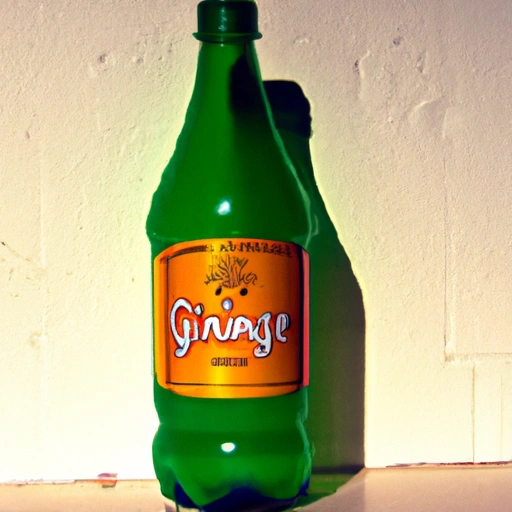Ginger Ale
Description

Ginger ale is a carbonated soft drink flavored primarily with ginger and sweetened with sugar or high-fructose corn syrup. It typically appears clear or pale golden in color and offers a spicy yet refreshing taste that can vary from a light, zesty fizz to a more robust and pungent flavor, depending on the brand and preparation. Ginger ale is commonly found in both American and European measurements, with volumes often listed in fluid ounces (fl oz), milliliters (ml), and liters (l).
Common uses
Ginger ale is frequently consumed on its own as a refreshing beverage, served chilled or over ice. It is also a popular component in mixed drinks and cocktails, where it provides a spicy kick and effervescence to various alcoholic concoctions. Additionally, it's used as a soothing remedy for nausea, motion sickness, and upset stomachs.
Nutritional value
Calories
A 12 fl oz (355 ml) serving of ginger ale contains approximately 124 calories.
Protein
Ginger ale generally contains 0 grams of protein per serving.
Fat
This beverage typically contains 0 grams of fat per serving.
Carbohydrates
A typical serving of ginger ale has about 32 grams of carbohydrates, primarily from sugars.
Vitamins
Commercial ginger ale is not a significant source of vitamins.
Minerals
It also contains minimal amounts of minerals, with trace amounts of sodium.
Health benefits
The ginger in ginger ale may offer digestive benefits, such as easing stomach discomfort and aiding in the relief of nausea. However, these benefits are more pronounced in ginger ales made with real ginger extract.
Potential risks
Consumption of ginger ale, particularly in large amounts, carries potential risks due to its high sugar content, which can contribute to weight gain, dental issues, and insulin resistance. Sugar-free versions may contain artificial sweeteners that some individuals prefer to avoid.
Common recipes
Ginger ale is used in a variety of recipes, from classic cocktails like the Moscow Mule and the Dark 'n' Stormy to non-alcoholic options like ginger ale punch and homemade ginger ale sherbet.
Cooking methods
It can be used in culinary applications such as glazes for meats, marinades, and in baking recipes where effervescence is desired.
Pairing with other ingredients
The spicy-sweet flavor of ginger ale pairs well with citrus flavors, mint, and aromatic herbs. It also complements savory dishes like roasted pork or chicken when used in marinades or sauces.
Summary
Ginger ale is a widely appreciated soft drink known for its versatility and refreshing ginger flavor. It has a storied history dating back to the 19th century and has become a staple in both the beverage and culinary worlds. While it provides certain digestive benefits, its healthfulness can be offset by its high sugar content, and thus, moderation is key. In cooking, ginger ale serves as a unique ingredient that can enhance a variety of recipes with its distinctive taste and effervescence.